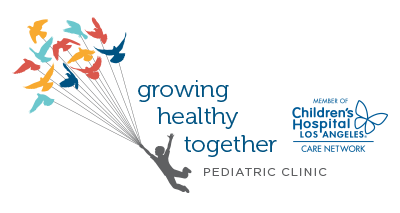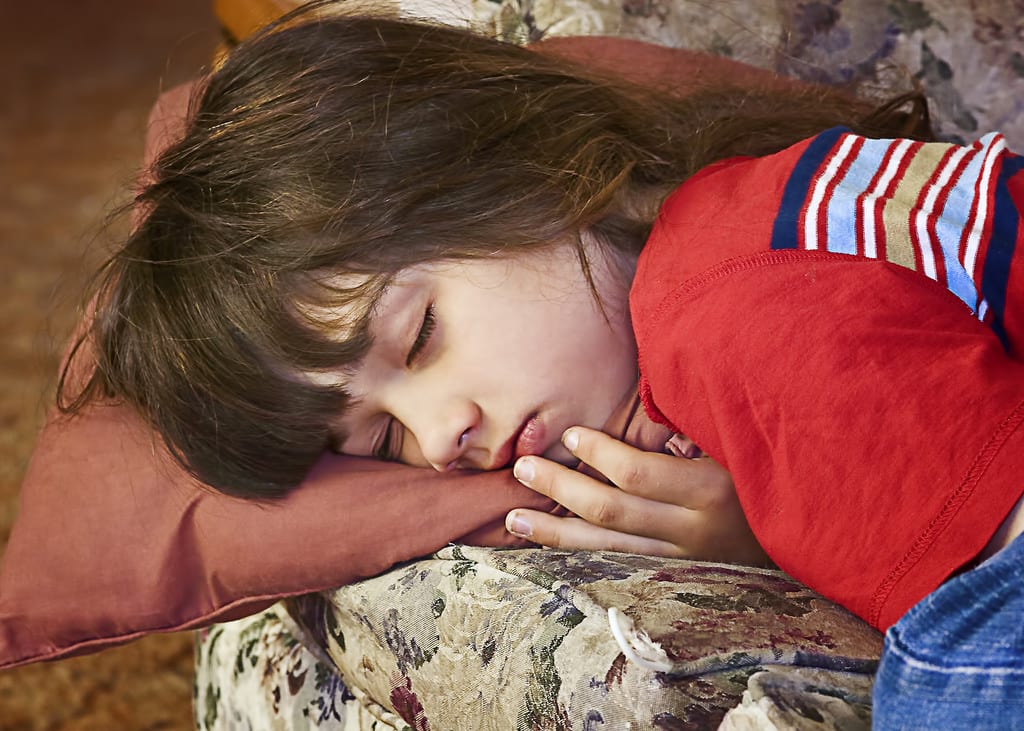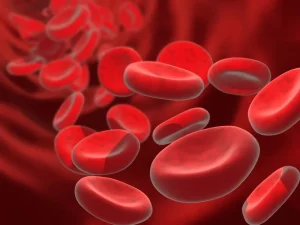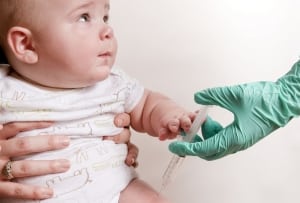 Vomiting and diarrhea are associated with many ailments and conditions. They both accompany nausea and upset stomach. Vomiting is the forceful throwing up of the stomach contents. Diarrhea describes two or more watery/loose stools. Vomiting and diarrhea are perfectly normal responses to a potential threat. It is your body’s way of getting rid of something bad that has found its way into the body. At the beginning of this kind of illness, it is normal to vomit everything for 3 or 4 hours. After this time, children typically stabilize and vomit only once or twice a day. If your child is vomiting everything after this initial sickness or is vomiting 8 or more times per day, you should contact your pediatric health practitioner. If your child is having over ten watery stools per day associated with diarrhea, it is important that you contact your pediatric health practitioner.
Vomiting and diarrhea are associated with many ailments and conditions. They both accompany nausea and upset stomach. Vomiting is the forceful throwing up of the stomach contents. Diarrhea describes two or more watery/loose stools. Vomiting and diarrhea are perfectly normal responses to a potential threat. It is your body’s way of getting rid of something bad that has found its way into the body. At the beginning of this kind of illness, it is normal to vomit everything for 3 or 4 hours. After this time, children typically stabilize and vomit only once or twice a day. If your child is vomiting everything after this initial sickness or is vomiting 8 or more times per day, you should contact your pediatric health practitioner. If your child is having over ten watery stools per day associated with diarrhea, it is important that you contact your pediatric health practitioner.
Dehydration
Vomiting and diarrhea can cause us to become severely dehydrated. Our bodies lose too much water during sickness and we need to replenish that fluid. Try getting your child to drink sips of water, or suck or chew ice chips. You can also try diluted fruit juice. Pedialyte or other rehydration solutions may be helpful. The younger the child is, the higher the risk of dehydration associated with vomiting and diarrhea. Severe dehydration can cause seizures, coma, organ failure, and, in rare cases, death.
Signs of dehydration
- Decreased urine/no urine
- Dark yellow urine
- Dry tongue and/or mouth
- Crying with dry eyes
- A sunken soft spot in infants
- A faster-than-normal heartbeat
- Slow blood refill (Press the thumbnail to make it pale, let go, and count the seconds it takes for the nail to turn pink again. Anything longer than 2 seconds may indicate dehydration.)
- Weakness/Dizziness
- Fussiness/ill behavior
What do I do if my kid is vomiting with diarrhea?
Your child should not go to school if they are vomiting with diarrhea. You can manage most symptoms at home without difficulty. There is no need to seek medical attention if your child is exhibiting normal signs and symptoms of vomiting with diarrhea. Mild to moderate lethargy, dehydration, fever, discomfort, stomach pain, malaise and paleness are common.
When to Contact Your Healthcare Provider
- Infant under 12 weeks old vomits more than two times in a 24-hour period (not including spit up)
- Vomiting more than five times in a 24-hour period
- Vomiting green bile
- Blood in stool
When to go to the ER
- Infant under 1 month has a fever over 100.7° F
- A child over 1 month has a fever over 103.5° F and isn’t responding to fever reducers like Tylenol or Motrin
- Severely lethargic child
- Severely dehydrated child
- Your child appears very pale
When to Call 911
- Your child is not waking up
- They are not moving/too weak to stand
- You think your child is experiencing a life-threatening emergency
How to Care for Vomiting/Diarrhea at Home
Bottle-fed babies can have ORS (Oral Rehydration Solution) in their bottle to rehydrate. Pedialyte is a common ORS that you can buy at most food and drug stores. You can return to formula and/or solids after about 8 hours without vomiting.
Breastfed babies should be fed less frequently. Try nursing for five minutes every 1 to 2 hours until they go 4 hours without vomiting. If this doesn’t work, try switching to an ORS like Pedialyte. You can spoon-feed or syringe feed small amounts. Try 1 to 2 teaspoons (10-15 mL) every 5 minutes. Return to normal feedings after they go 4 hours without vomiting.
For children 1 year and older, offer clear fluids during vomiting. Good fluids include water, sparkling water, or ginger ale. Sports drinks can be helpful for rehydrating, however, can often contain high amounts of sugar that can aggravate diarrhea.
When your child is ready to return to solid foods, try something bland like crackers, bread, cereal, rice, mashed potatoes, or noodles. You can also try the BRAT diet of bananas, rice, applesauce, and toast.
Don’t give your child any over-the-counter medicines. These can often make vomiting and diarrhea worse. If you are considering giving your child any medications, be sure to contact your pediatric healthcare practitioner first.
For high fevers, you may choose to use acetaminophen (Tylenol). You can find a suppository form of Tylenol if your child is still throwing everything up. Fevers over 104° F may indicate that your child needs to go to the ER.
As always, trust your instincts. Contact your pediatric healthcare with questions and don’t be afraid to advocate for your kid. For questions or comments, please respond to this blog or contact us.







